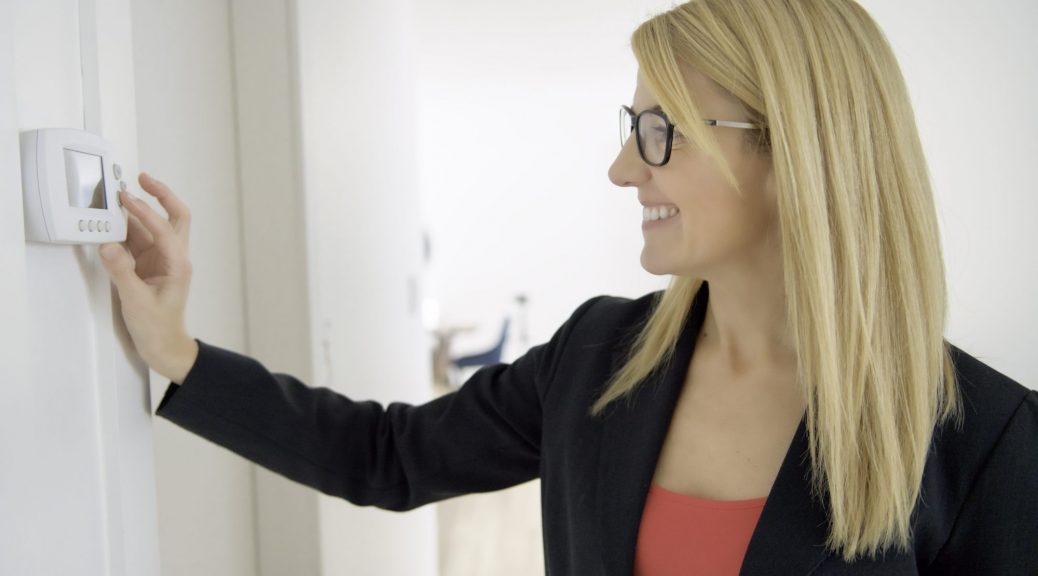Appropriate temperature control is frequently a challenge for businesses. Heating and cooling systems are frequently running at a greater capacity than required when the building is not occupied: heating is used to prevent water pipes from freezing, while cooling is used to prevent the growth of mildew and mold. Fortunately, there are thermostats that are designed to help your business reduce excessive heating and cooling.
Programmable Thermostats
Programmable thermostats allow the property manager to dictate a set schedule for a prescribed amount of heating and cooling. Programmable thermostats can cost more than traditional manual thermostats, because they require additional time to configure the necessary settings, in order to save energy.
IoT Thermostats
IoT (the Internet of Things) is a network of connected systems, devices, and algorithms that allow for the processing and distribution of sensor data in the cloud. It helps increase the ease of automation, data collection, and other products that improve people’s lives such as GPS navigation, home weather stations, leak sensors, and wearables.
The widely available IoT thermostat is one of the lynchpins of the smart home, but small businesses can often take advantage of it as well. The upfront cost is approximately a few hundred dollars per IoT thermostat, and configuration typically requires access to a smartphone and Wi-Fi. Each climate control zone should have its own thermostat to achieve the greatest benefit, which can make this solution costly.
Once IoT thermostats are installed, the upfront cost can frequently be paid off in as little as a single heating season. IoT thermostats take advantage of mobile apps, which allow the property manager to configure weekly schedules and to check the temperature in any zone, anywhere, at any time. Most IoT thermostats send their users a report each month, regarding the number of hours of heating and cooling used relative to their neighbors. These reports call attention to unusual usage and encourage the adoption of energy-efficient practices.
For information only. Not applicable to all situations.
The original version of this article was written by Hunter D’Addeo, Senior IoT Engineer at Hartford Steam Boiler.


